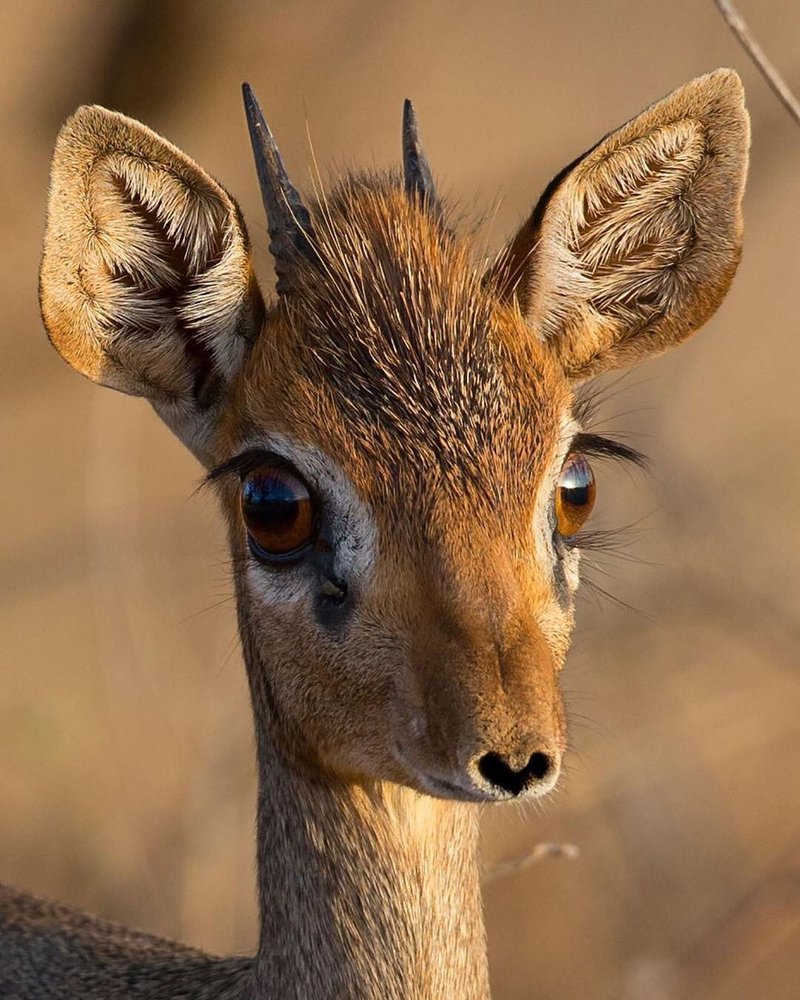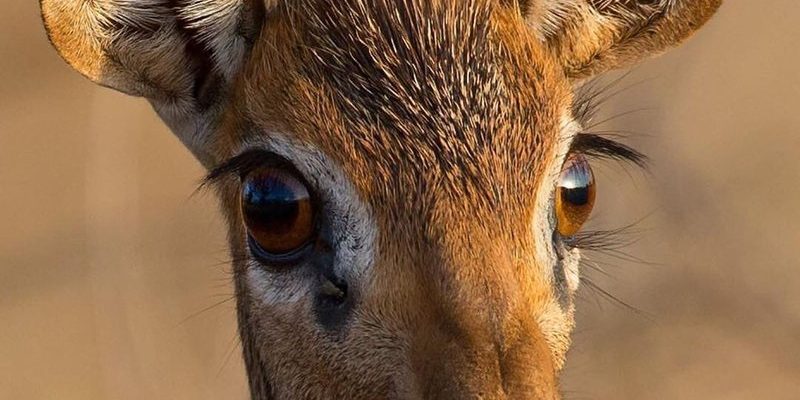
The dik-dik is more than just an adorable antelope; it’s a symbol in various cultural tales and traditions. Its presence can teach us a lot about how people connect with nature and reflect their values through storytelling. So, grab a cup of coffee and let’s explore the world of the dik-dik. You might just find yourself enchanted by this little creature and the rich tapestry of stories that surround it.
Physical Characteristics: A Unique Antelope
To appreciate the dik-dik in culture and folklore, it’s essential to understand what it looks like and why that matters. The dik-dik stands about 12–16 inches tall, making it one of the smallest antelopes in the world. With large, expressive eyes and a delicate frame, this little creature can seem almost otherworldly. Their tiny size is often likened to that of a large house cat, which further endears them to those who learn about them.
One unique feature of the dik-dik is their long snouts. This isn’t just for show; it helps them sniff out plants and avoid predators. Think of the dik-dik as nature’s version of a finely tuned instrument, perfectly suited to its environment. Here’s the thing: their agility and speed, coupled with their small stature, often allow them to outsmart larger predators, which adds an extra layer to their stories in folklore.
In many cultures, animals are often seen as reflections of human traits. The dik-dik’s agility symbolizes cleverness and adaptability. This might explain why stories about these little antelopes often emphasize wit and survival skills.
Dik-Dik in African Folklore
The dik-dik finds itself at home in several African cultures, where it has inspired local legends and tales. In some communities, these animals are revered not just for their looks but for their behaviors that symbolize broader human traits.
For instance, many tribes tell stories of the dik-dik being quick on its feet, which serves as a metaphor for being quick-witted and smart in tricky situations. It’s not uncommon for parents to use these tales to teach their children valuable lessons about being sharp and resourceful.
Moreover, in some cultures, the dik-dik is linked to the spirit world. Stories often propose that these delicate creatures have the ability to sense danger or misfortune, acting as a sort of early warning system for those who are attuned to nature.
The Dik-Dik as a Symbol of Grace and Fragility
Beyond wit and cleverness, the dik-dik also embodies *grace* and *fragility*. Its petite build evokes a sense of vulnerability, making it a subject of admiration in various art forms, from paintings to sculptures. This delicate nature often serves as a reminder of the fragility of life and the importance of preserving our natural world.
In literature, the dik-dik often represents innocence and purity. Stories may weave tales of the creature’s gentle interactions with its environment, highlighting the harmony that exists when living beings coexist peacefully. These themes resonate strongly with people’s desires to connect with nature and protect it.
Artists and writers draw on the dik-dik’s image to evoke feelings of nostalgia and a longing for simpler times, reminding us of how beauty can be found in the small, often overlooked aspects of life.
The Role of the Dik-Dik in Modern Culture
Nowadays, the dik-dik continues to capture hearts, not just in folklore but also in popular culture. You might find these adorable animals appearing on social media, where people share cute videos and photos that help raise awareness about wildlife conservation.
Documentaries and wildlife shows frequently highlight the dik-dik, showcasing its unique traits and the importance of preserving its habitat. This modern representation keeps the stories about the dik-dik alive and encourages a new generation to appreciate and learn about these tiny creatures.
Moreover, you might see the dik-dik featuring in children’s books, where they are often depicted as brave little adventurers. These stories not only entertain children but also plant seeds of curiosity about wildlife and the environment, fostering a generation of future animal lovers and conservationists.
Conservation Efforts and the Dik-Dik
As beloved as the dik-dik is in culture and folklore, it faces real threats in the wild. Habitat loss and hunting are significant concerns that have led to declining populations. This vulnerability makes the dik-dik not just a character in stories but a real-life reminder of the importance of wildlife preservation.
Many organizations have made it their mission to protect these little antelopes, urging people to support conservation efforts. They educate communities about the dik-dik’s role in the ecosystem and the benefits of keeping biodiversity intact.
You might wonder how you can help. Supporting local conservation groups, spreading awareness, or even just learning more about wildlife can make a difference. As we become more connected with these creatures, we can help ensure that their stories, both in folklore and in reality, continue for generations to come.
The dik-dik may be tiny, but its impact on culture and folklore is anything but small. From representing cleverness and adaptability to evoking themes of grace and fragility, these little antelopes have woven themselves into the fabric of many societies.
Their stories serve as a bridge between humans and nature, reminding us of the beauty that exists in our world—especially in the smallest of creatures. As we share tales of the dik-dik, we keep alive not just their stories but also the values they represent.
So, the next time you hear about a dik-dik or see one in a video, take a moment to appreciate what it stands for. In our fast-paced world, these charming little antelopes can inspire us to slow down, reflect, and connect with the beauty of nature surrounding us.

